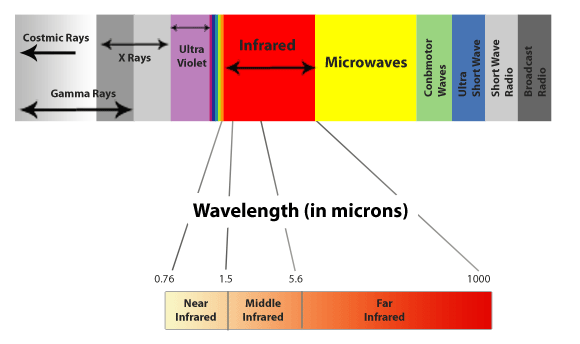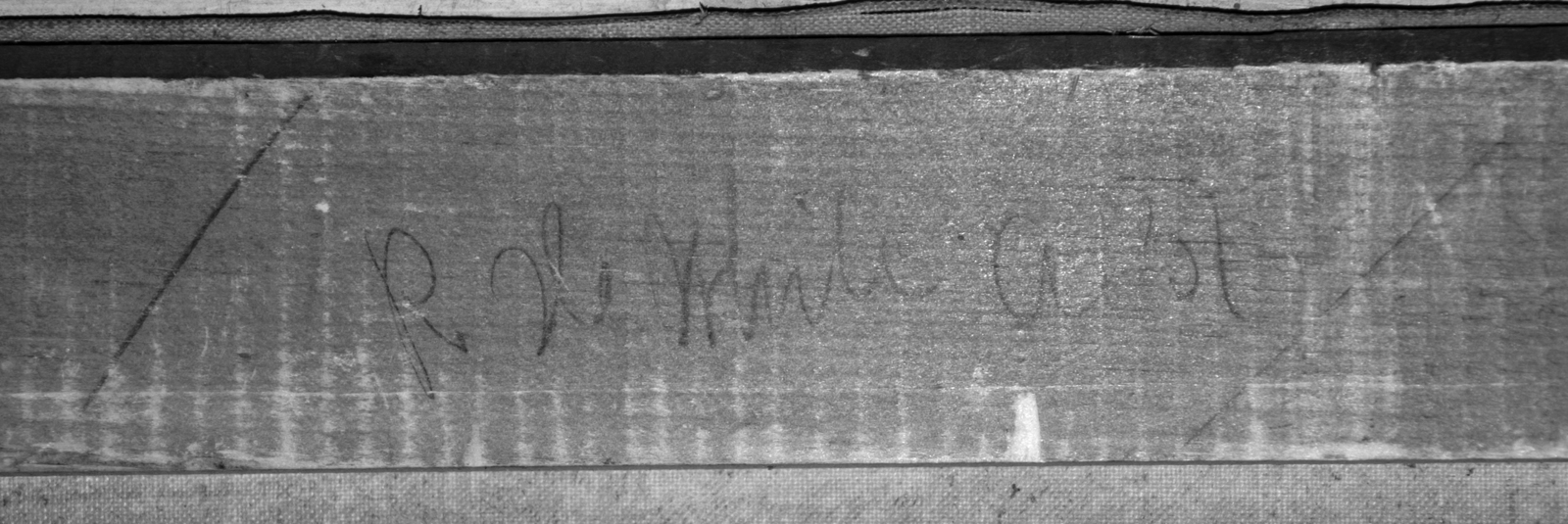Last month, Dr. Molly McGath and I unveiled conservation’s infrared camera to the public during the ‘Be My Mariner’ event. Visitors created Valentines for their special someones, and included a ‘secret’ message that only our IR camera could reveal.


The event was a lot of fun, and it was great to see all of the creative and clever ideas kids (and their parents!) came up with for their Valentines.
Beyond revealing our hearts’ secret messages, conservators and scientists use infrared cameras to learn about artifacts. This information can teach us about an object’s production and history, and can dictate treatment decisions. The Valentine’s Day activity garnered so much interest in the IR camera and its use in conservation, we thought we’d share some of the details in a blog post.
The Science:
Infrared radiation (sometimes called infrared light) is energy within the electromagnetic spectrum. Visible light, or light our eyes can see, is a range of energy from about 380-740 nm. The infrared (IR) range of energy spans about 700 nm – 1 mm, and is a much wider range than what our unaided eyes can see.

You’re probably familiar with other common uses for infrared, including ‘Night Vision’ goggles and the warmth you feel on your skin from the sun or certain IR emitting light bulbs. Conservators and scientists also use targeted sections of the electromagnetic spectrum to ‘see’ artifacts (literally in a different light!). In addition to looking at objects with infrared, we also employ X-rays and ultraviolet light.
In the images below, you can see an inscription that was revealed on the back of a painting in the collection. The painting was brought into the conservation lab to assess a completely different question posed by our collections management staff. In the process of imaging the stretcher with our IR camera, an inscription that is not visible to the naked eye was revealed. Collections management can now add this information to the object record, and investigate the source of the inscription, which may be related to the painting’s provenance.



Certain materials become ‘transparent’ or ‘opaque’ to different wavelengths of energy, and we can use special sensors to record this information. One such sensor is pretty easily accessible- the digital sensor on a DSLR camera.
For those of you interested in more technical aspects of the camera conversion, read on!
As you might imagine, there are some pretty sophisticated and expensive systems available for capturing infrared information. In fact, there are entire imaging techniques devoted to recording information across the electromagnetic spectrum. Research multi-spectral and hyper-spectral imaging to learn more. However, we can also adapt more accessible tools to ‘see’ into the IR. The Mariners’ Museum and Park’s conservation lab converted a Nikon D-70 for this very purpose.

The hot mirror (or filter that usually blocks IR) was removed from the camera, and a full spectrum filter was put in its place. The camera’s digital sensor, a CCD sensor, is sensitive to about 1050 nm (which is in the near IR). Using external filters mounted to the camera lens, we can control and target which wavelengths our camera detects. When we are imaging in the IR, a filter is placed on the lens that blocks all wavelengths below infrared (including visible and ultraviolet light). We can fine tune this even further by only allowing small bands of IR radiation through.
Since our camera still processes information through a Bayer color filter, all of the wavelengths the camera detects are still ‘assigned’ a color (red, green, or blue). The resulting color cast of the image is not a truly accurate interpretation of what the camera is detecting. Therefore, we must be careful when we use terms like ‘Multi-Spectral Imaging,’ since this and other technical terms refer to imaging processes that do not convert information into color. However, the visual information we obtain from our converted camera is still valuable.
We can use our converted IR camera to look at our collection and gain a better understanding of its history. This includes detecting old repairs, seeing ‘through’ artists’ media to see under-drawings, and detecting otherwise unseen details. See the images below for a cool example we’ve already captured with our IR camera; take note of the details that become visible on the ship(s) in different wavelengths!




We hope this was an informative and interesting insight into the electromagnetic spectrum, and another way in which conservation uses science!
